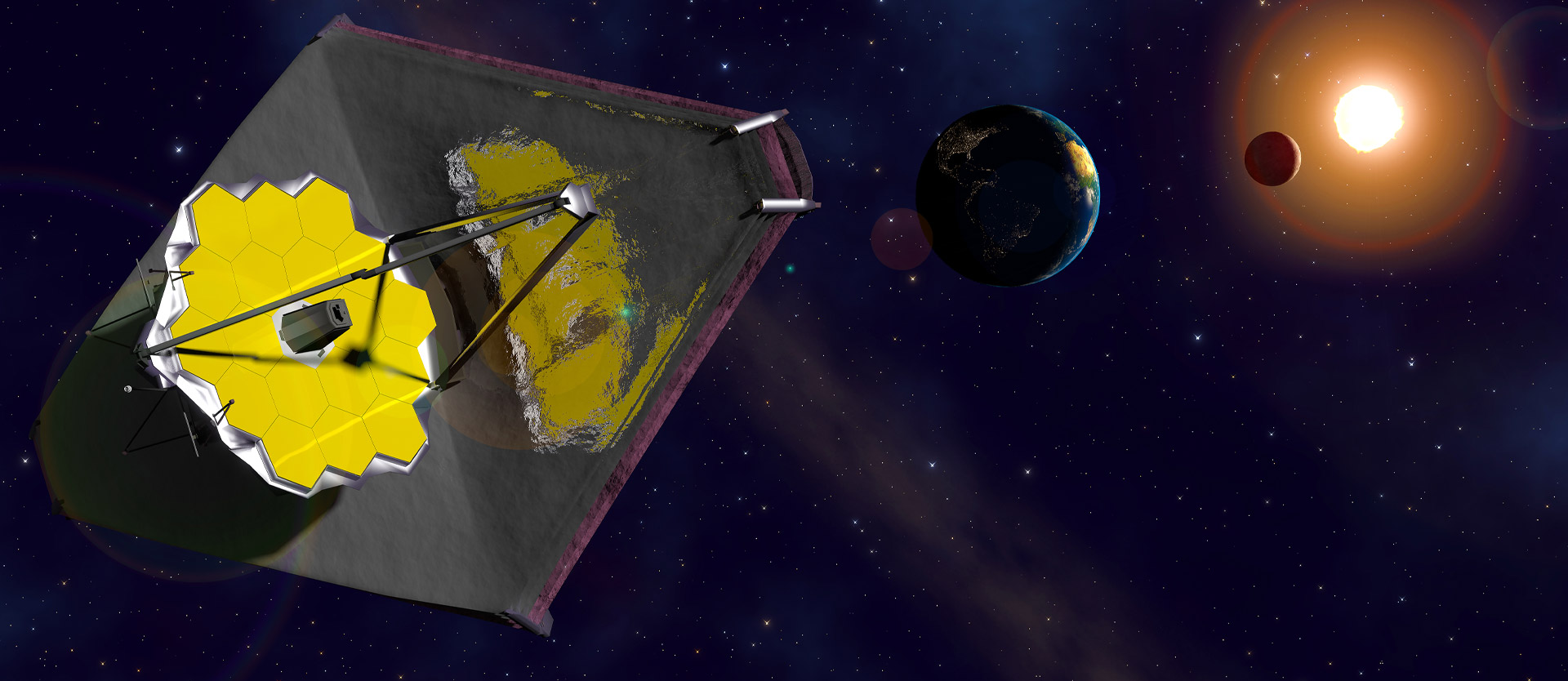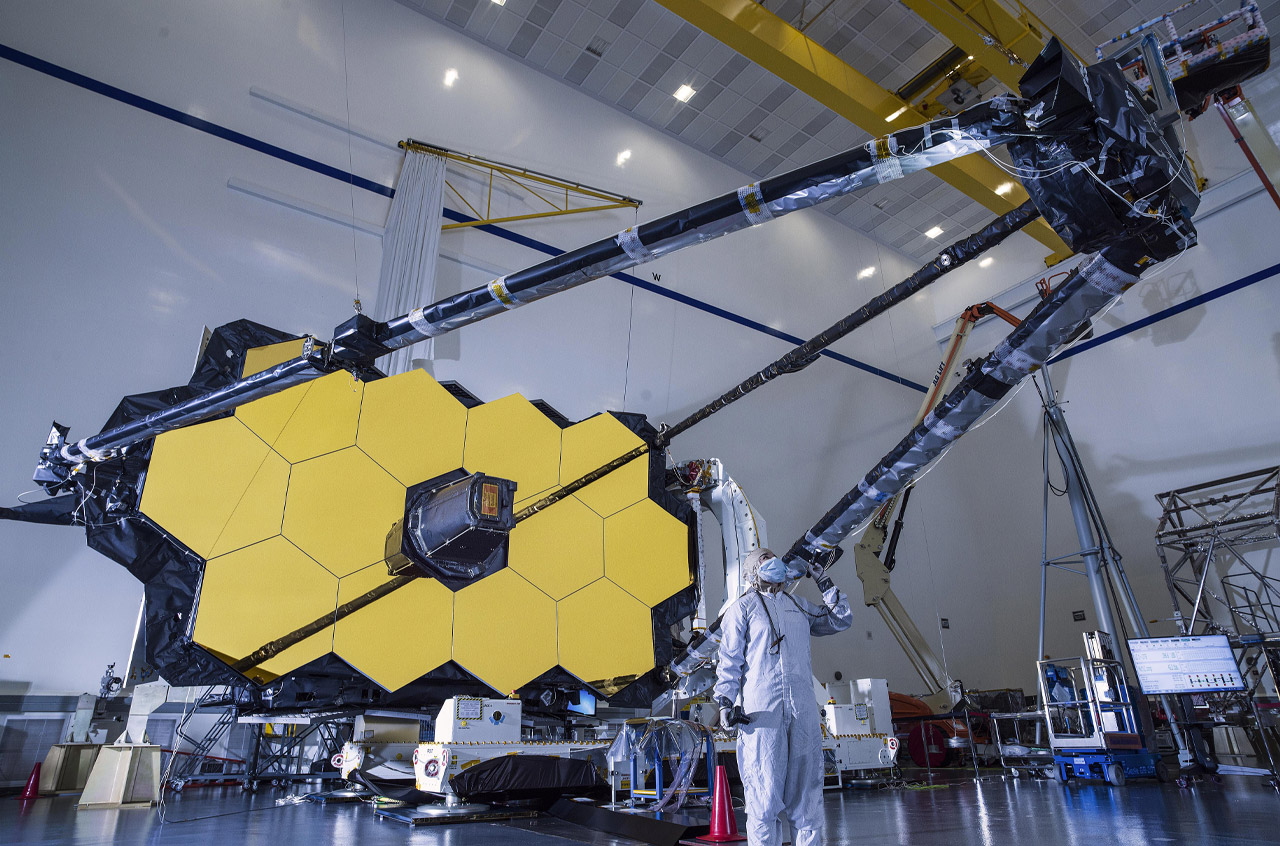
A new light catcher in space

From Hubble to James Webb
Since time immemorial, space has irresistibly captivated us. Its sheer unimaginable size, home to some one hundred billion galaxies with countless stars and alien planets, leaves as much to our imagination as it does to scientific discovery.
When the Hubble Telescope was launched in April 1990, I was just seven years old and had no idea how much this instrument would impact me. The older I got, the more images from Hubble I got my hands on, the more my fascination for the vastness of space grew.
Today, Hubble stands for a scientific showcase instrument whose incomparable images have managed to bring the enthusiasm of physicists for their research to the public - and to produce one or the other amateur or professional astronomer. In addition to enjoying the wonderful images, I am always amazed at how much we can learn just by looking at how much light comes from which direction and with which color. That alone teaches us an enormous amount about the origins, structure, objects and physics of our universe.
More than 30 years later, I am now sitting in my office under a photograph with a stunning Hubble Deep Field image, tracking mission data from the James Webb Space Telescope (JWST), the scientific successor to the Hubble Telescope.
After being sent on its way in late December on an Ariane 5 rocket at a maximum speed of 10 kilometers per second, the JWST reached its deployment site 1.5 million kilometers away a few days ago. There, it can remain for well over 10 years with minimal fuel consumption and free of background noise. But even on the flight there, which took about a month, the telescope was able to reach some important milestones of the mission.

To leave nothing to chance, the telescope went through an extensive test program. The photo shows an unfolding test. Photo: NASA / Chris Gunn
For first, the telescope had to unfold. The JWST's mirror is so large (6.5 m in diameter) that it is composed of 18 smaller, hexagonal elements rather than a single piece. To fit inside the rocket, some of these segments had to be folded in and could not be moved to their measurement position until the telescope was separated from the rocket. Each of these segments is controlled by its own motors and can be individually adjusted in height and angle. Even the curvature of the mirrors can be changed in this way. This means that corrections can still be made afterwards, since a maintenance mission is impossible due to the enormous distance from Earth.












